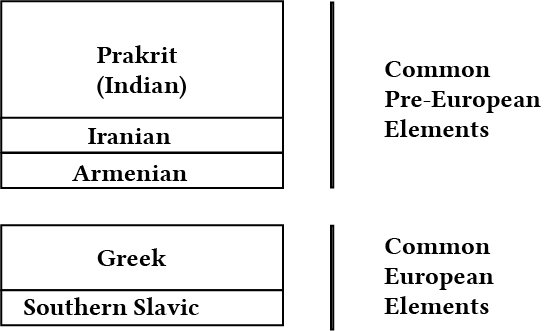Romanes
Romanes or also “Romani Čhib”, is the language spoken by a large portion of Roma. It comes in differing forms and dialects up to “creolised” versions where only a few words of the original language remain.
In view of its multiple forms, one can ask oneself whether Romanes deserves the name of a “language”. To answer this, consider a Swiss peculiarity. Switzerland has 4 official languages, one of which is Romantsch, a language spoken by few people in the eastern part of Switzerland. There, different valleys have different dialects. In fact, there are three main Romantsch variants – all that for a recognised language. Is this so very different with Romanes? Or consider the case of German – how many variants can one find? Alone in Switzerland, each town, Canton speaks another Swiss-German dialect. The language – and comprehension – and most important the identity is there.
Another such example is Arabic: One has a written literary language, based on the Koran, but each country has a different literary dialect as well as a distinct spoken variant. The spoken variants are again splintered in numerous local sub-dialects that can be extremely different. Once again, the identity and the recognition of Arabic as a language exists, as it should happen and is the case for Romanes.
The Structure of Romanes
Romanes as such presents a layered structure. Each layer corresponding to a phase of their history. Some layers, such as the Indian roots are extremely strong, while some others, such as the Armenian one are less important when measuring by the number of words they have contributed to the language. Grammatical traces from the important Greek layer exist in Romanes. For example, acquired words in Romanes are “Greek-isised” by adding a greek ending in -o. All in all, migrations, even recent ones, dual language skills among Roma, have added different additional layers and created a separation into these dialects. It is an Ariadne thread which allows the reconstruction of the Roma’s history.

Romanes is based and supported by a strong grammar, a fact that may be surprising fact for the layman. This grammar is a rigid and as complete in any other “recognised” language and is largely based on its old Indian origins and we will very briefly describe it in the next sections.
Among Roma, Romanes is not only the vehicle of thoughts and everyday life but is also a vehicle of culture: many customs, traditions and tales are supported by the language.